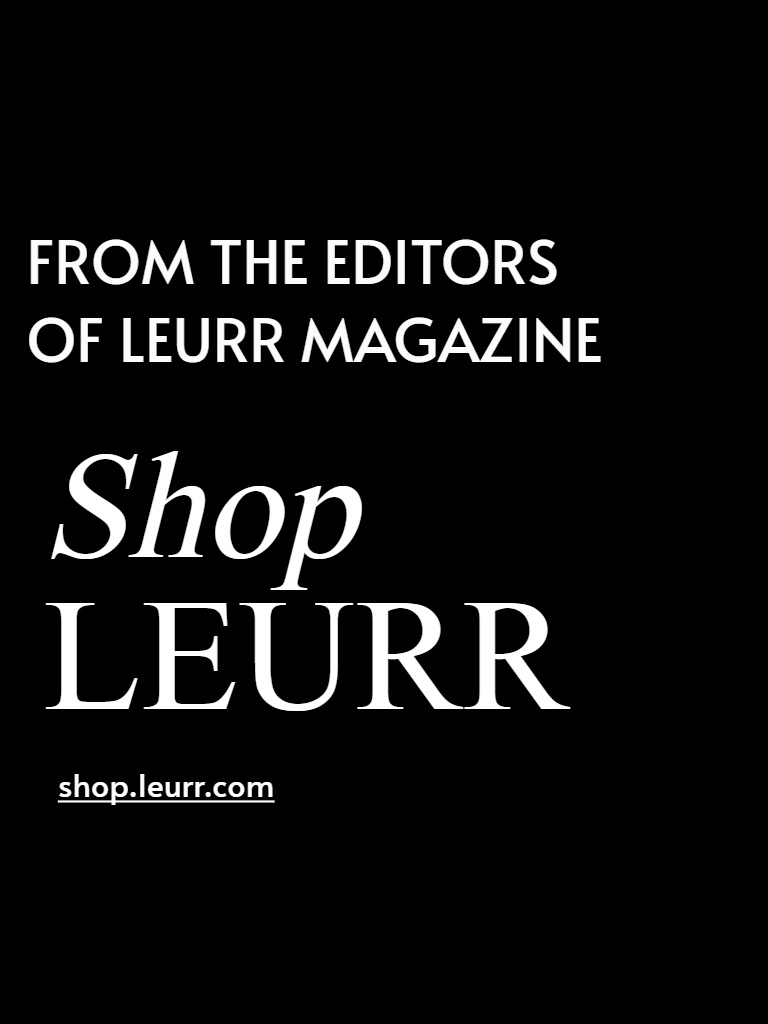The coach handbag has a long history that you tend to appreciate once you know it. Despite being established for many years, this brand’s reputation is still growing as a result of its excellent craftsmanship and timeless design.
Coach’s most popular purses were inspired by America’s favorite game, baseball, and were launched in 1941 by a group of artisans who were passionate about leather. An innovative material that helped usher in a new sort of bag for a new type of lady, cowhide, was the company’s characteristic glove-tanned cowhide, launched 17 years later.
The Birth of The Fashion Brand Coach.
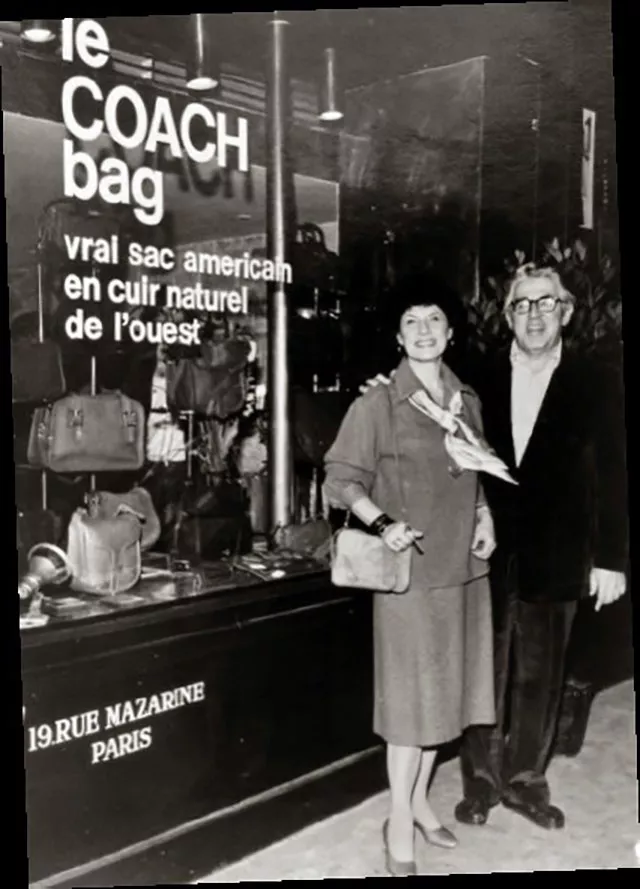
In a New York apartment in 1941, six artisans started Coach. Initially, they created leather wallets and billfolds by hand, and while the business was successful, it operated in the background. Lillian and Miles Cahn, two industry leaders in the leather products sector, joined the company after a few years of operation and drove the enterprise to success. Miles was in charge of enhancing their goods by processing the leather to make it softer and more resilient in a manner identical to that used to process baseball glove leather.
The brand’s first women’s handbags were created by Lillian, though. In 1961, the couple purchased Coach, and through the years, with a little assistance from a few rock stars in the industry, the reasonably priced luxury brand developed into the one you know and love today.
Coach’s first lead designer was Bonnie Cashin.
Bonnie Cashin, a “pioneering ready-to-wear designer” who “helped develop, and cement, the concept of American sportswear,” was hired by Miles in 1962 to head a women’s accessories account under their men’s accessory business, Gail Leather. She handed the design reins over to Cashin, who created several Coach classics like the bucket bag, a zip-top tote large enough to carry a second, smaller purse inside, and the brand’s iconic brass turn-key hardware.
Making products as light, straightforward, punchy, and affordable as possible was the Cashin brand’s credo. This meant that although the colors of her initial collection were vibrant, the designs remained timeless and understated. Brick red, pastel pink, mustard yellow, and grass green were among the vivid, eye-catching colors that were regularly used in the production of handbags. She quickly established herself as a fashion icon thanks to the striped madras cotton used in the interiors.
However, in 1974, she quit working for the brand.
“[Cashin] was the designer who started the movement of carrying two bags to work,” According to a comment given to Fashionista in 2019, Jeannine Scimeme is an adjunct assistant professor of accessories design at the Fashion Institute of Technology (FIT). “It was definitely for busy, working women. If she carried two bags, that woman was working outside the home. And [Cashin] believed that women had so many roles, one bag wasn’t enough.”
Lewis Frankford and Richard Rose’s significance
In 1965, Richard Rose became a member of the Coach team and was given the position of Executive Vice President. Coach’s placement in department stores, which increased its exposure and elevated its status, was made possible by Rose. Additionally, he is recognized as Lewis Frankford’s mentor.
Coach hired Lewis Frankford as its Vice President of Business Development in 1979. In 1985, the same year Miles and Lilian Cahn sold the brand to the American consumer goods corporation Sara Lee, he oversaw the opening of the first Coach flagship store on Madison Avenue.
Frankfort turned Coach into a well-known brand from an obscure manufacturer of handbags. He is frequently credited with helping Coach become the accessible luxury brand in the 1990s. In the industry, the idea of accessible luxury was highly regarded as a big deal.
A woman’s main options for handbags up to this point were pricey designer purses or knockoffs from department stores. Market void was filled by the new Coach handbags. Coach released its first catalog and opened its first flagship store at 754 Madison Avenue in New York not long after Frankfort joined the business. To transform Coach into a fashion brand rather than just a leather maker, the catalog and the flagship store were essential steps. Coach was now very different from the company that produced bags shaped like baseball gloves.
Sara Lee owned Coach for a brief period.
The proverb “opposites attract” applied in this situation, as Coach sales soared due to the new leadership and Frankford’s corporate strategy. Sara Lee is known for its sweets, while Coach is a fashion house.
Beginning in the late 1980s, Coach made a series of improvements and expansions that strengthened, updated, and modernized its brand. The firm debuted a line of watches for men and women in 1988. The business also grew in Tokyo. The company’s revenues today are made up of a sizable portion of Japanese sales. The brand joined the outerwear market with enduring trench coats and raincoats only a few years later, in 1992.
Designer Reed Krakoff joined Coach as president and executive creative director in 1996, the same year that Frankford took over as chairman and CEO of the company. Similar to Cashin before him, Krakoff added a distinct vision to the collection. He is recognized with transforming Coach’s reputation from a solid, basic line of tan, burgundy, black, and navy briefcases to a more trendy, fashionable line with different hues and styles each season. Included in Krakoff’s unique new additions are watch bands, wallets, wristlets, and cell phone cases.
Together, the men improved Coach merchandise to make them more useful and fashionable. With this change, the brand’s sales went from $500 million to $5 billion, propelling it to fame and prosperity.
Sara Lee severed its ties with Coach in 2001 so that it could exist independently in a public offering on Wall Street.
Who currently serves as Coach’s executive creative director?
Before leaving his position and focusing on launching his own name-brand line of women’s accessories, Krakoff worked for Coach for 16 years. Stuart Vevers, a former creative director at Mulberry (2004–2007) and Loewe (2007–2013), who has also worked in the accessory divisions of companies like Calvin Klein and Givenchy, succeeded him.
Coach Signature Collection
Coach attracted much more interest at the turn of the century. The Coach Signature line was introduced by the brand in 2001, and it quickly became a fashion classic. This set has a striking double C pattern. The collection was timed to profit from the logo craze that was sweeping the fashion world. The signature collection was created in a wide range of designs and hues.
The Legacy line was introduced by Krakoff in 2006 to mark the company’s 65th anniversary. Suede and canvas were used as part of the Legacy line. Krakoff used vivid new hues like pink, green, and orange in a daring move. The bags were held shut by magnets instead of brass toggles.
The top-selling Coach bags over the years.
The saddle will be the first style that comes to mind when we think of “Coach.” Following its initial conceptualization in 1972, this design was chosen as the official United Airlines Stewardess bag in the 1980s. The Saddle Bag, admired by many for its numerous flaps and compartments, has served as an inspiration to a large number of handbag companies throughout the years, including Coach themselves. Even if the fashion isn’t usually considered “trendy,” it is nonetheless a top seller for the company.
Shoppers of Coach also like the tote bag very much. Lillian Cahn created it for the first time in the 1960s, and her husband claims that she was inspired by shopping bags:
“When her family came over from Hungary, it was during the Depression,” Cahn explained in an interview with NPR. “They were struggling and her mother was making noodles at home, and the kids would fill the shopping bags and would deliver these noodles, and so one of her suggestions early on was: Why can’t we make a shopping bag but out of leather?” So, it became a reality.
The Dinky – Bonnie Cashin created the Dinky in 1964, which is known as “the little bag that might” and was first seen on a Coach handbag in 1973.
Slim Satchel – The Slim Satchel, first produced in 1974, was one of the earliest designs intended for both sexes, with its iconic handles and curved side binding.
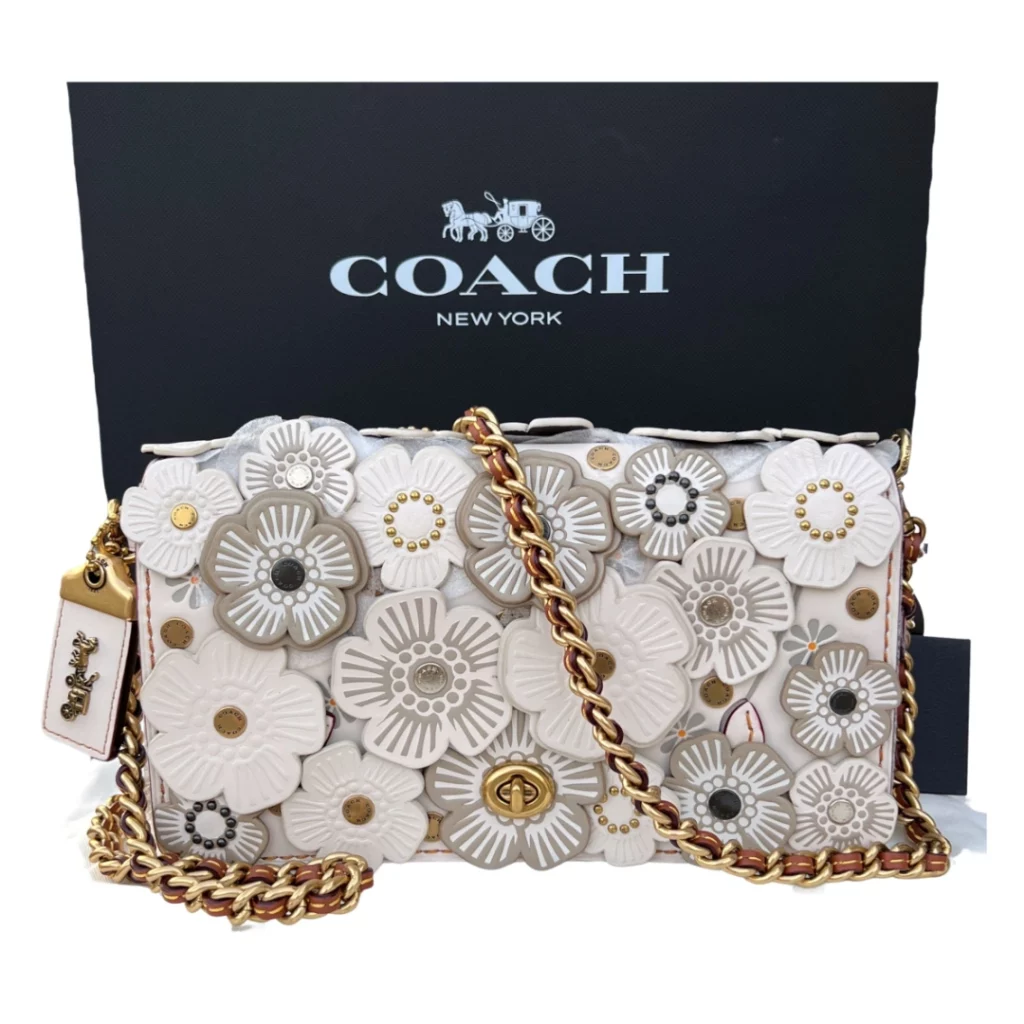
COACH
Glovetan Dinky Crossbody Leather Crossbody Bag
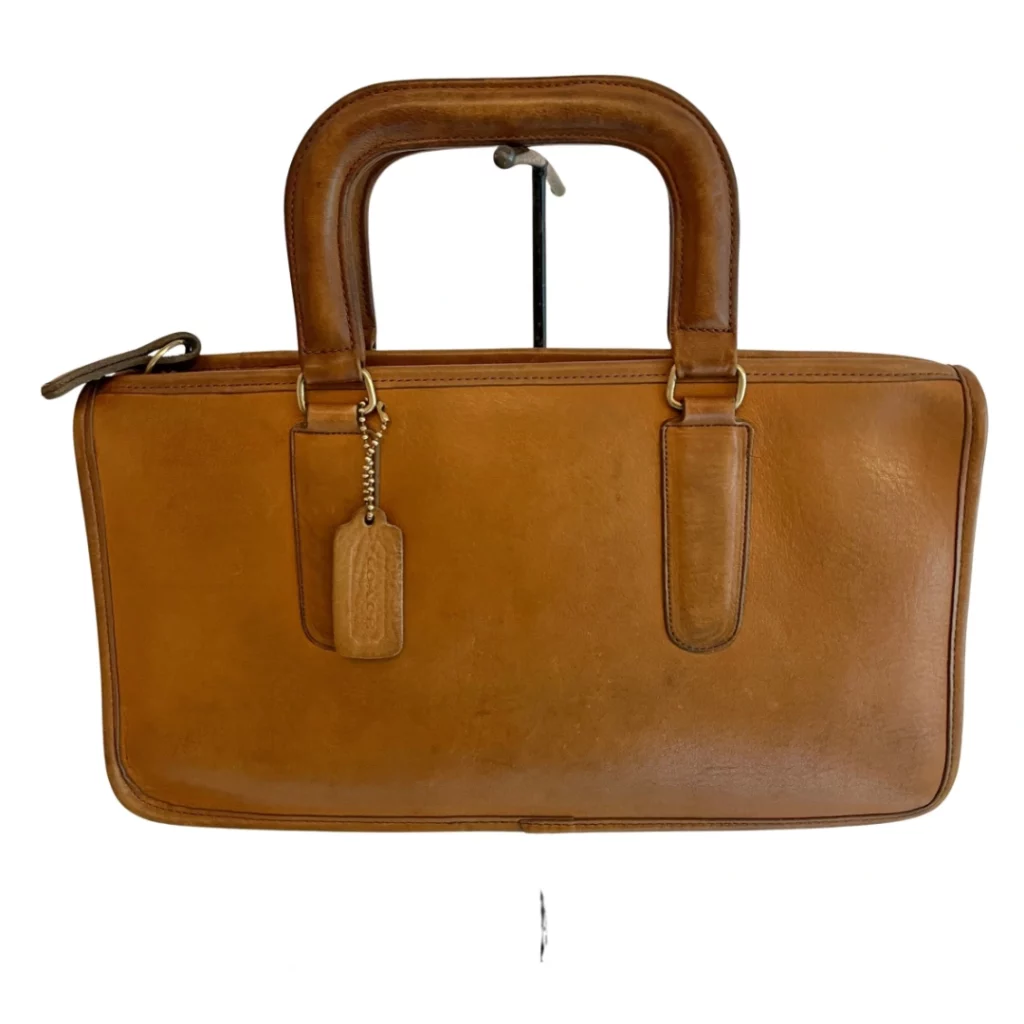
COACH
Leather Satchel
The Coach Tabby—both the original and its pillowy variant—is a relatively recent style for the company, but it has nevertheless become popular. It’s cool since you can use it as a top-handle accessory, crossbody bag, or shoulder bag, and it can be dressed up or down. The Pillow Tabby even comes in a variety of pastel options that give it a more contemporary look. It is available in various sizes and styles.
What has been Coach’s top-selling item to date?
With a focus on leather goods, Coach is best regarded as an inclusive luxury brand. The brand also sells ready-to-wear clothing goods like jackets, dresses, and shoes, but by far its best-selling items are its bags. The Willow Saddle Bag and Soft Tabby Hobo Bag are the brand’s two best-selling items, respectively.
Buying Coach in 2023
Coach’s repackaging is appealing to millennial nostalgia and GenZers, with swinger bags, canvas crossbodies, and The Rogue. The biggest bag trends of 2023 are predicted to include these retro-inspired designs.
Shop The Look:
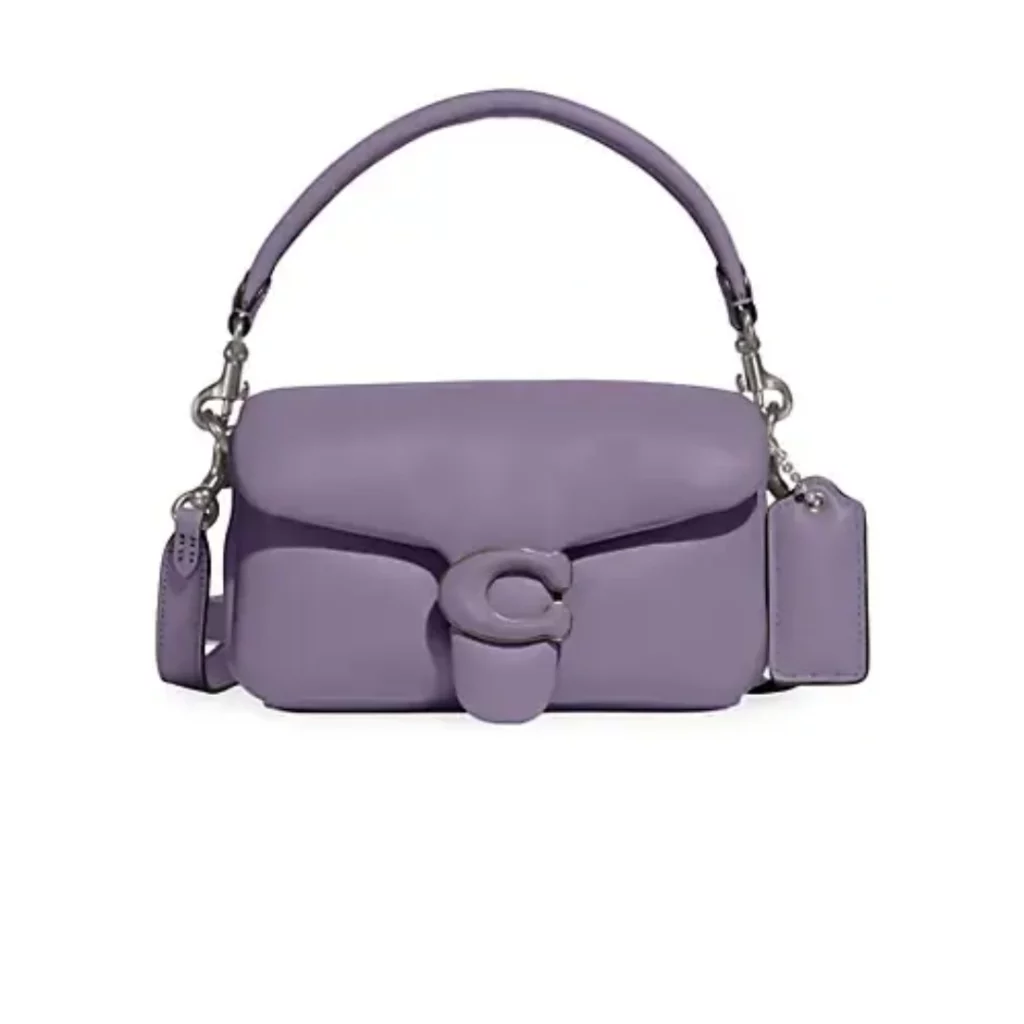
COACH
Pillow Tabby Leather Shoulder Bag
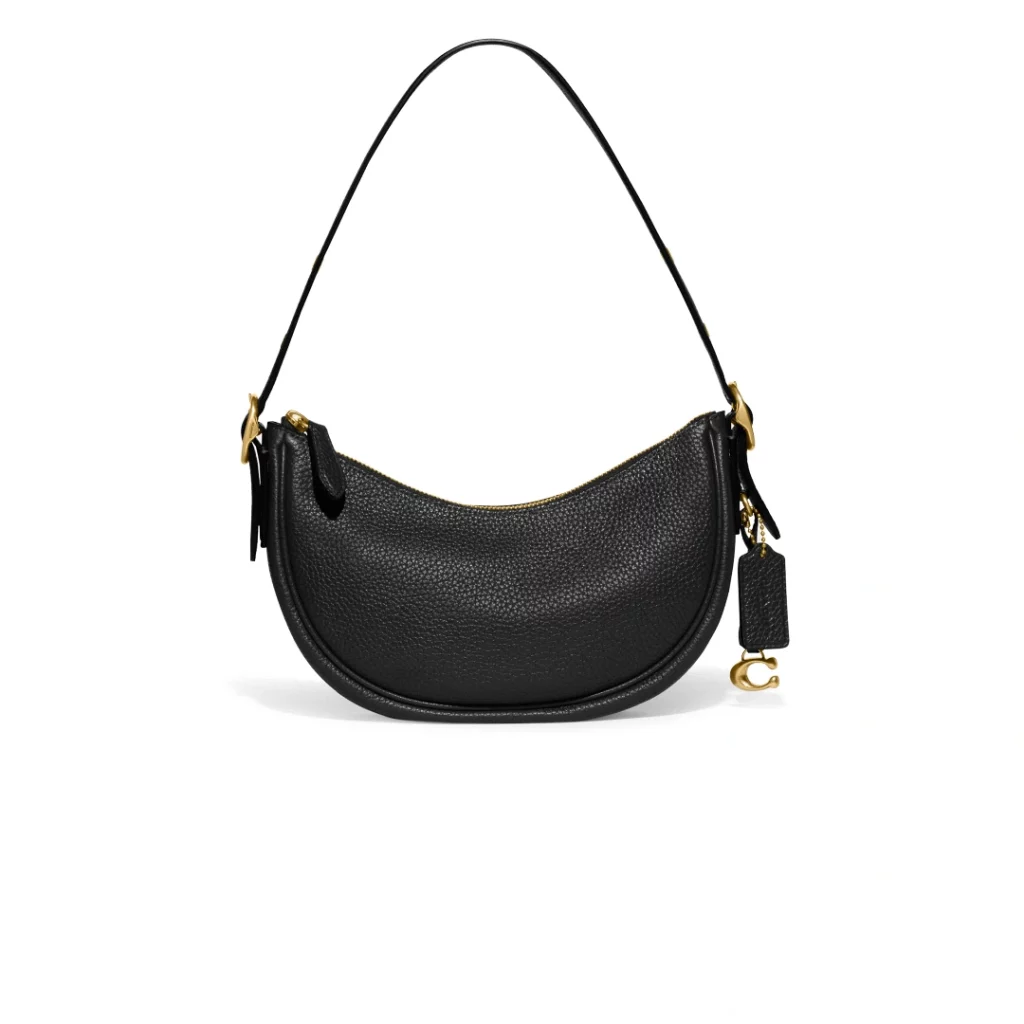
COACH
Luna Soft Pebble Leather Shoulder Bag
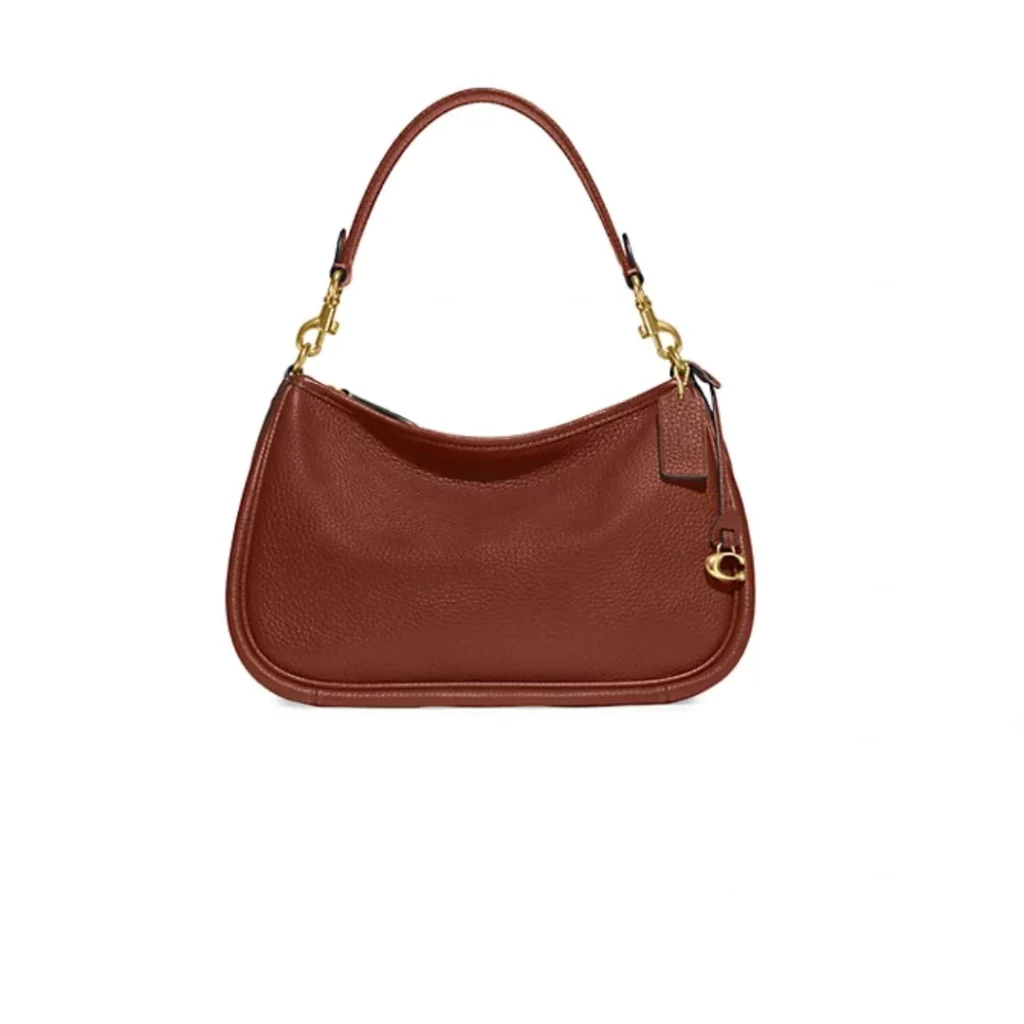
COACH
Cary Leather Crossbody Bag
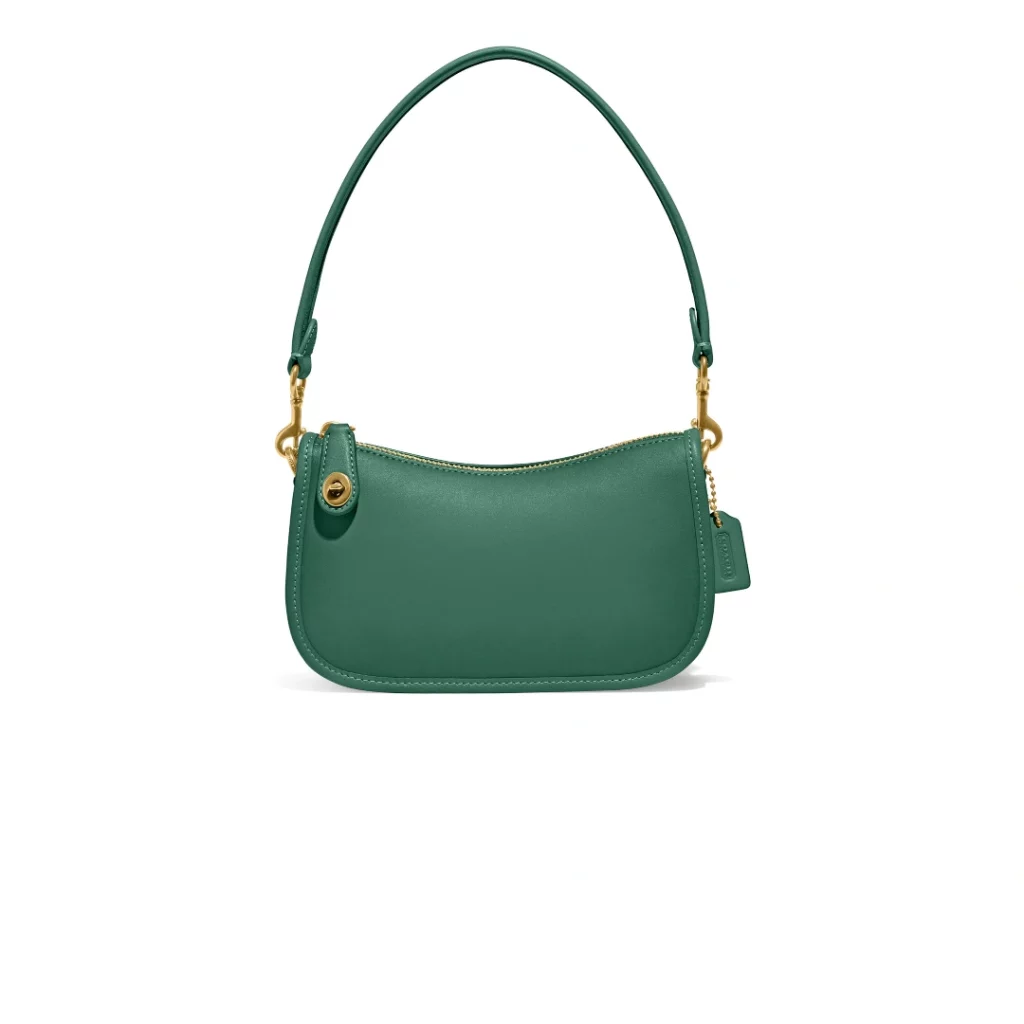
COACH
Swinger Glovetanned Leather Shoulder Bag
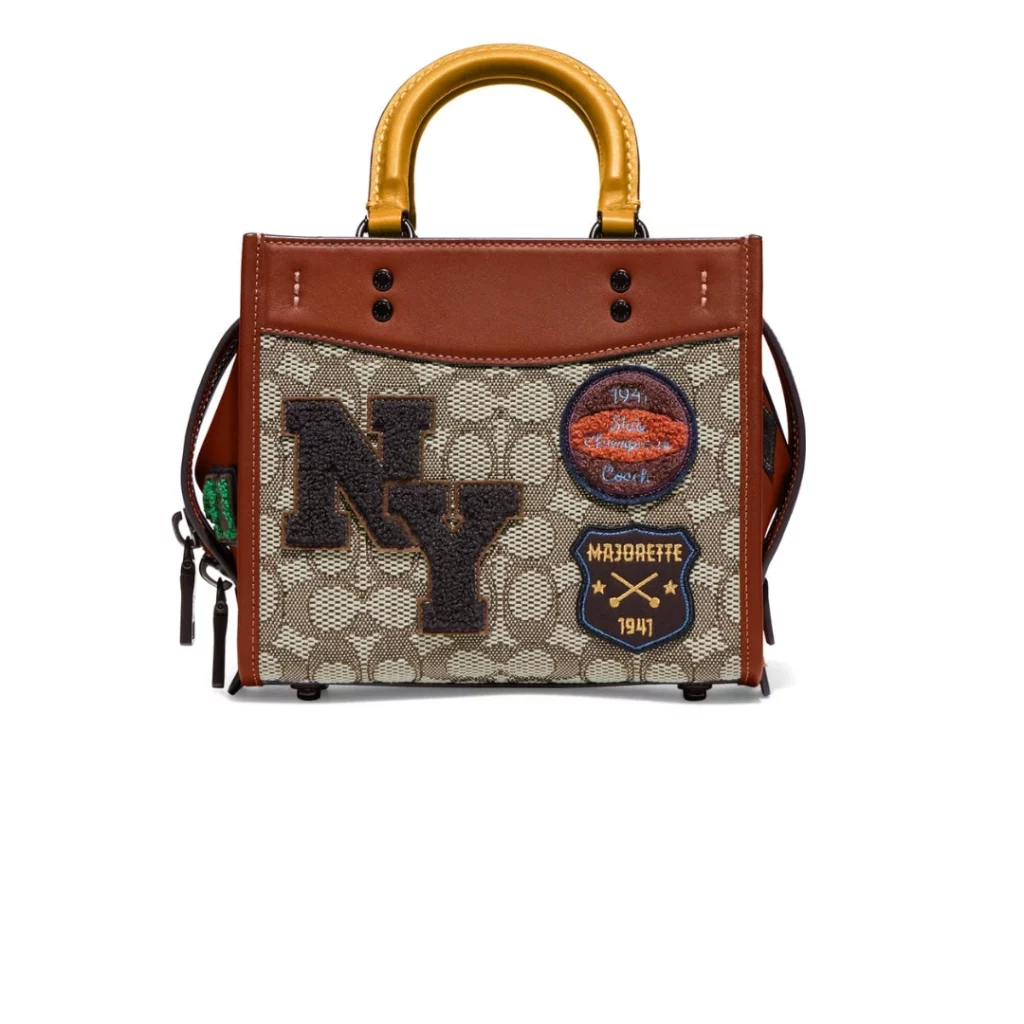
COACH
Signature Logo Jacquard Appliqué Shoulder Bag
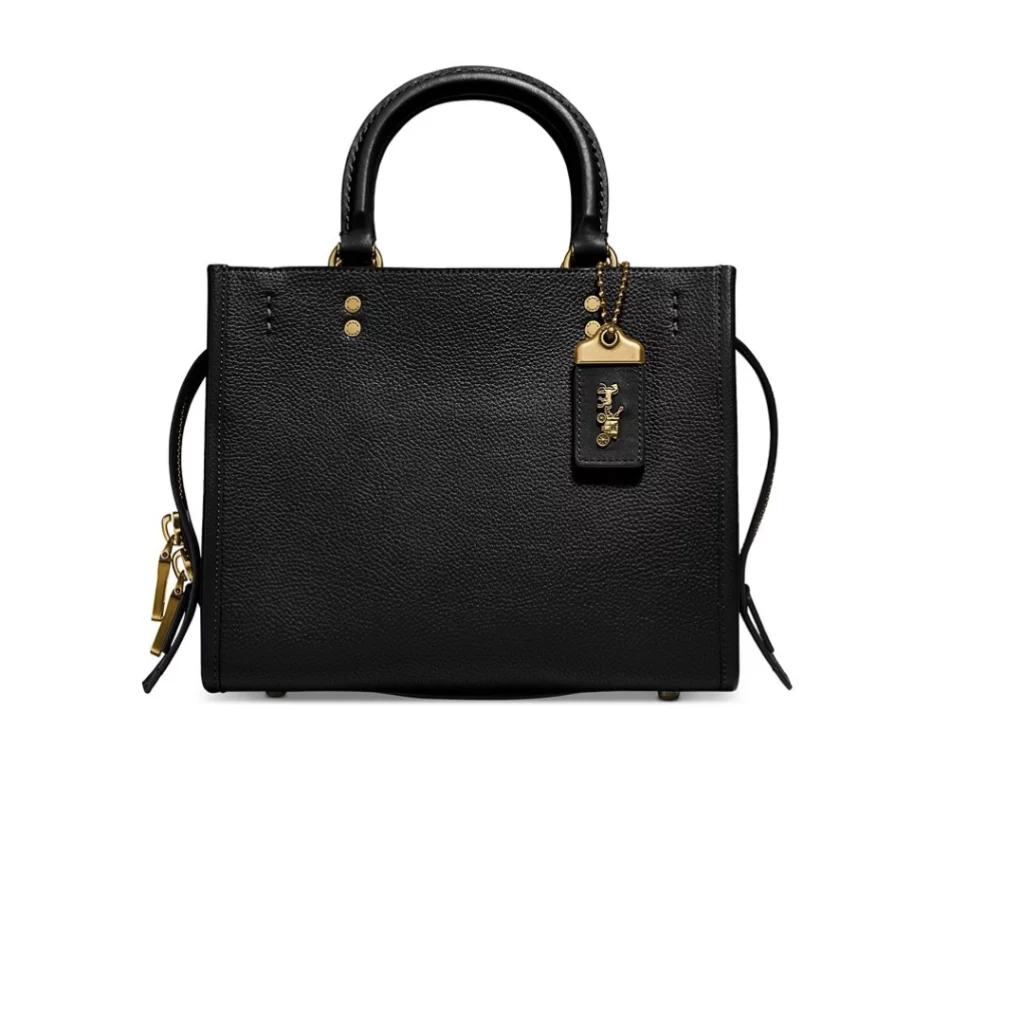
COACH
Rogue 25 Leather Satchel

